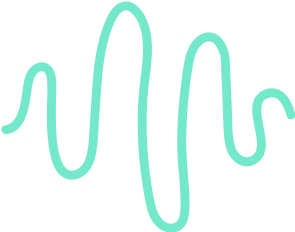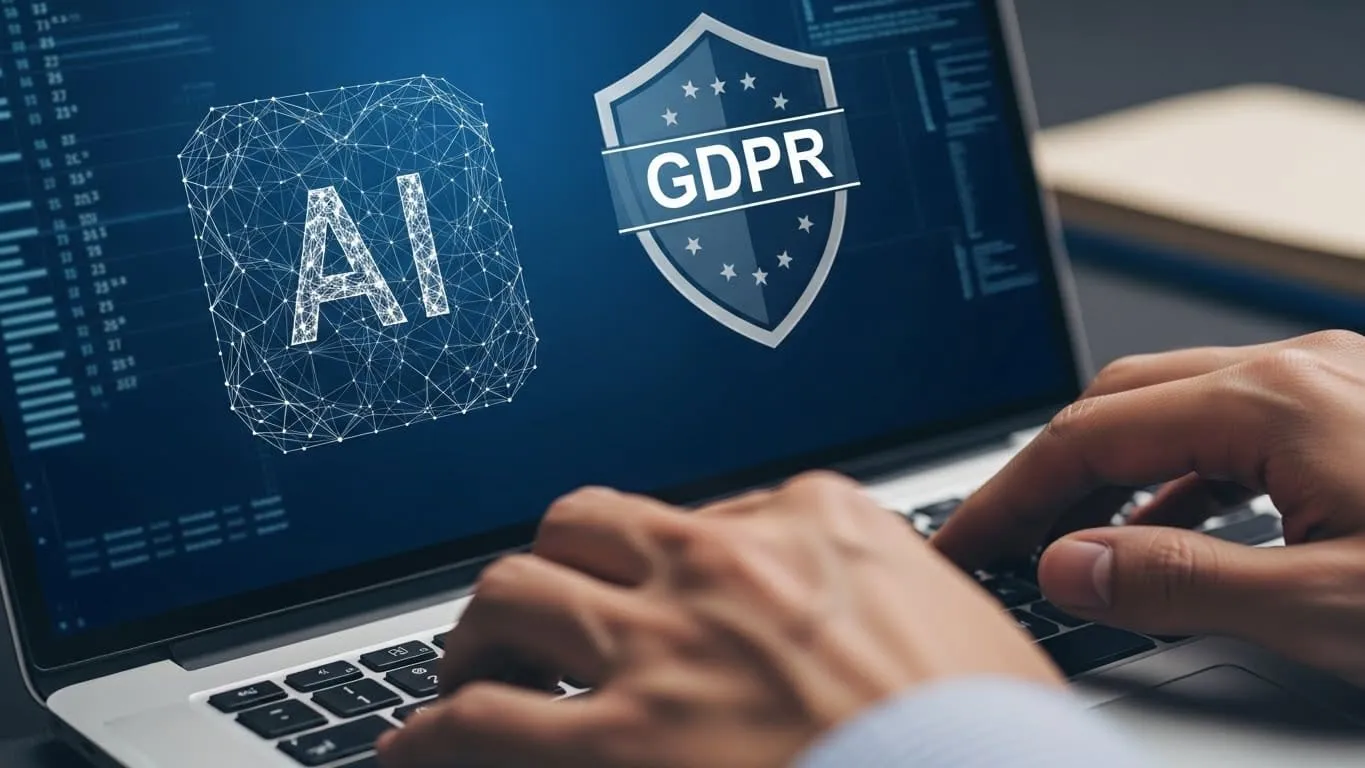Meeting Report : Purpose and Templates
%20(1).webp)
Get the work done for any meeting
Meeting transcription, AI custom notes, CRM/ATS integration, and more
Struggling to keep your team informed and accountable after a meeting ?
Meeting reports could be the solution you’re looking for.
In this article, you’ll discover how to structure these reports effectively, and get access to ready-to-use templates.
Why Create a Report for Each of Your Meetings?

It's easy to forget everything that has been discussed and decided during a meeting.
Documenting all discussions and decisions ensures everyone is informed, even those who couldn’t attend the meeting. With clear records, everyone knows what was discussed and agreed upon, which helps avoid misunderstandings.
Meeting reports also improve accountability. When you document who attended and what was decided, you create a formal record that holds everyone responsible for their tasks. This is particularly useful when tracking progress and ensuring follow-through on action items. If there are any disputes about what was agreed upon, you have a clear reference to resolve them.
Using meeting reports as a reference for future meetings is another significant benefit. They allow you to review past discussions and decisions, helping you avoid repetitive conversations and making sure your decisions are consistent and well-informed.
In many industries, you must also keep detailed records of meetings to meet regulatory requirements. These reports serve as official documents that prove your organization’s adherence to legal standards. They are also crucial in case of legal disputes, providing a clear account of discussions and decisions.
How to Structure Your Meeting Report

How much your team will get from your reports will depend on how well you structure it. Here are the elements you should add :
- Attendees: Start by listing all attendees. Include their full names, positions, and roles in the meeting. This section provides a clear record of who was present and helps in tracking contributions and responsibilities. Make sure to also note any absentees and their reasons if known.
- Location and Time: Document the location of the meeting and the exact start and end times. This information is crucial for maintaining an accurate historical record. It also helps in future planning by providing insights into how long similar meetings might take.
- Agenda: Include the meeting agenda in your report. The agenda should outline all topics that were planned to be discussed. Note any deviations from the agenda as they occur. This keeps the report structured and ensures all planned topics are covered while documenting any additional discussions that were necessary.
- Discussion Summary: Summarize the key discussion points for each agenda item. Keep this section concise and to the point. Focus on the main ideas, decisions made, and any important points raised during the discussion. Avoid attributing direct quotes to individuals unless absolutely necessary for clarity. This keeps the report objective and focused on the content rather than personalities.
- Decisions and Action Items: Clearly outline all decisions made during the meeting. For each decision, note any associated action items, who is responsible for them, and their due dates. This section is vital for ensuring accountability and follow-through. Be specific about what needs to be done and by whom to avoid any confusion later.
- Next Meeting: Schedule and note the date and time for the next meeting. This helps in maintaining momentum and ensures that follow-up meetings are planned in advance. Providing this information at the end of the report ensures everyone knows when they need to reconvene and what is expected by then.
4 Meeting Report Templates

Each reports should be customized to your type of meeting. Using templates can save you time for that. Here are four ready-to-use templates for you to copy/paste :
Team Meeting Report Template
Team Meeting Report
- Date: [Date]
- Time: [Start Time - End Time]
- Location: [Location]
- Attendees:
- [Name - Role]
- [Name - Role]
Agenda:
- [Agenda Item 1]
- [Agenda Item 2]
- [Agenda Item 3]
Discussion Summary:
- Agenda Item 1:
- Key Points Discussed
- Decisions Made
- Action Items: [Task] - [Responsible Person] - [Due Date]
- Agenda Item 2:
- Key Points Discussed
- Decisions Made
- Action Items: [Task] - [Responsible Person] - [Due Date]
- Agenda Item 3:
- Key Points Discussed
- Decisions Made
- Action Items: [Task] - [Responsible Person] - [Due Date]
Next Meeting:
- Date: [Next Meeting Date]
- Time: [Next Meeting Time]
Project Meeting Report Template
Project Meeting Report
- Date: [Date]
- Time: [Start Time - End Time]
- Location: [Location]
- Attendees:
- [Name - Role]
- [Name - Role]
Agenda:
- Project Status Update
- Key Issues
- Next Steps
Discussion Summary:
- Project Status Update:
- Progress since last meeting
- Key achievements
- Action Items: [Task] - [Responsible Person] - [Due Date]
- Key Issues:
- Issues discussed
- Proposed solutions
- Action Items: [Task] - [Responsible Person] - [Due Date]
- Next Steps:
- Upcoming tasks
- Responsibilities assigned
- Action Items: [Task] - [Responsible Person] - [Due Date]
Next Meeting:
- Date: [Next Meeting Date]
- Time: [Next Meeting Time]
Board Meeting Report Template
Board Meeting Report
- Date: [Date]
- Time: [Start Time - End Time]
- Location: [Location]
- Attendees:
- [Name - Role]
- [Name - Role]
Agenda:
- Approval of Previous Minutes
- Financial Report
- Strategic Plan Review
- New Business
Discussion Summary:
- Approval of Previous Minutes:
- Summary of minutes
- Approval status
- Financial Report:
- Key financial updates
- Decisions made
- Action Items: [Task] - [Responsible Person] - [Due Date]
- Strategic Plan Review:
- Key points discussed
- Decisions made
- Action Items: [Task] - [Responsible Person] - [Due Date]
- New Business:
- New topics introduced
- Decisions made
- Action Items: [Task] - [Responsible Person] - [Due Date]
Next Meeting:
- Date: [Next Meeting Date]
- Time: [Next Meeting Time]
Brainstorming Session Report Template
Brainstorming Session Report
- Date: [Date]
- Time: [Start Time - End Time]
- Location: [Location]
- Attendees:
- [Name - Role]
- [Name - Role]
Agenda:
- Introduction
- Idea Generation
- Idea Evaluation
- Action Plan
Discussion Summary:
- Introduction:
- Purpose of the session
- Overview of the process
- Idea Generation:
- List of all ideas generated
- Idea Evaluation:
- Criteria for evaluation
- Ideas selected for further development
- Action Plan:
- Next steps for selected ideas
- Responsibilities assigned
- Action Items: [Task] - [Responsible Person] - [Due Date]
Next Meeting:
- Date: [Next Meeting Date]
- Time: [Next Meeting Time]
What Kind of AI Meeting Report Tool to Look For ?

Here’s what to look for in a meeting report tool and some recommended options.
- Automated Transcription: Tools with automated transcription capabilities can save you a lot of time. They record the meeting and transcribe the audio into text, ensuring that no details are missed. Noota is particularly strong in this area, offering accurate real-time transcription to capture every word spoken during your meetings.
- Customizable Templates: Having customizable templates helps standardize your meeting reports across different types of meetings. Look for tools that offer various templates or allow you to create your own.
- Integration with Other Tools: Your meeting report tool should integrate seamlessly with other tools you use, such as project management software (e.g., Asana, Trello), calendars, and email. This integration ensures that all action items and follow-up tasks are tracked and managed effectively.
- Ease of Sharing: Efficient sharing capabilities are crucial. You should be able to distribute your meeting reports quickly and easily to all relevant stakeholders. Tools like Noota and Google Docs allow for effortless sharing via links or direct email, ensuring everyone stays informed, whether they attended the meeting or not.
Recommended Tools:
- Noota: This tool excels in automated recording and transcription, customizable minutes, and easy sharing. Noota helps you capture every detail of your meetings and distribute the information effortlessly to your team.
- Lucidspark: Ideal for brainstorming and collaborative meetings, Lucidspark combines visual collaboration with meeting documentation. It supports real-time note-taking and integrates with other Lucid products for a seamless experience.
- Google Docs: A versatile tool that supports real-time collaboration, customizable templates, and easy sharing. Google Docs is a reliable choice for creating and managing meeting reports, especially for teams already using Google Workspace.
Customized AI Meeting Report: Noota

Tired of taking minutes manually? Noota helps managers and teams streamline their meeting processes, ensuring no detail is missed, no matter the meeting type :
- Automated Recording and Transcription: With Noota, you can forget about frantic note-taking. It records and transcribes your discussions in real-time, capturing every word accurately.
- Customizable Minutes: Noota allows you to customize your meeting minutes template to match the specific needs of your meeting. Whether it's a project update, a financial review, or a brainstorming session, you can tailor the template to ensure all relevant details are included.
- Effortless Sharing: Distributing meeting minutes to your team has never been easier. With Noota, you can share the meeting reports with just a click.
- Integration with Other Tools: Noota integrates seamlessly with other tools you use daily, such as project management software, calendars, and email platforms. This integration ensures that all action items and follow-up tasks are tracked and managed effectively.
- Security and Compliance: Noota ensures that all your meeting data is secure and compliant with industry standards. This is particularly important for meetings that involve sensitive information.
You want to generate reports automatically after each of your meeting ? Try Noota for free now.
Get the work done for any meeting
Meeting transcription, AI custom notes, CRM/ATS integration, and more
Related articles

Forget note-taking and
try Noota now
FAQ
In the first case, you can directly activate recording as soon as you join a videoconference.
In the second case, you can add a bot to your videoconference, which will record everything.
Noota also enables you to translate your files into over 30 languages.

.svg)
.svg)
.webp)

.png)


.svg)
